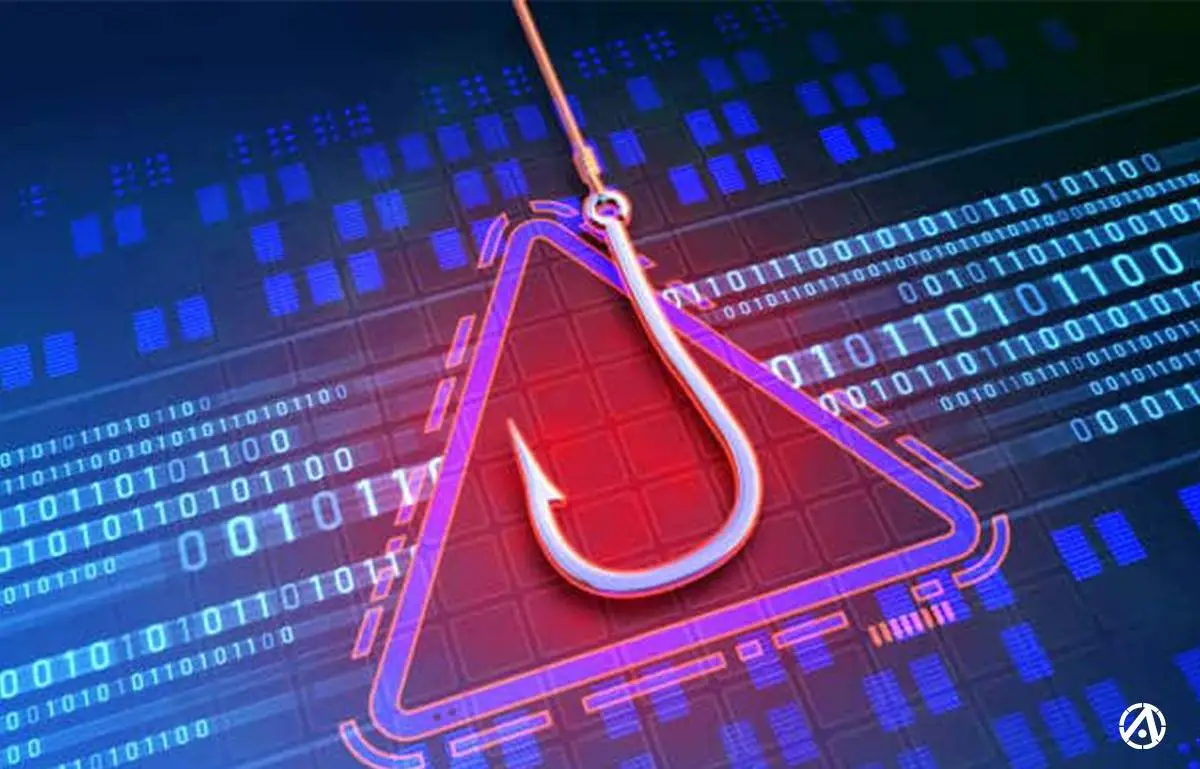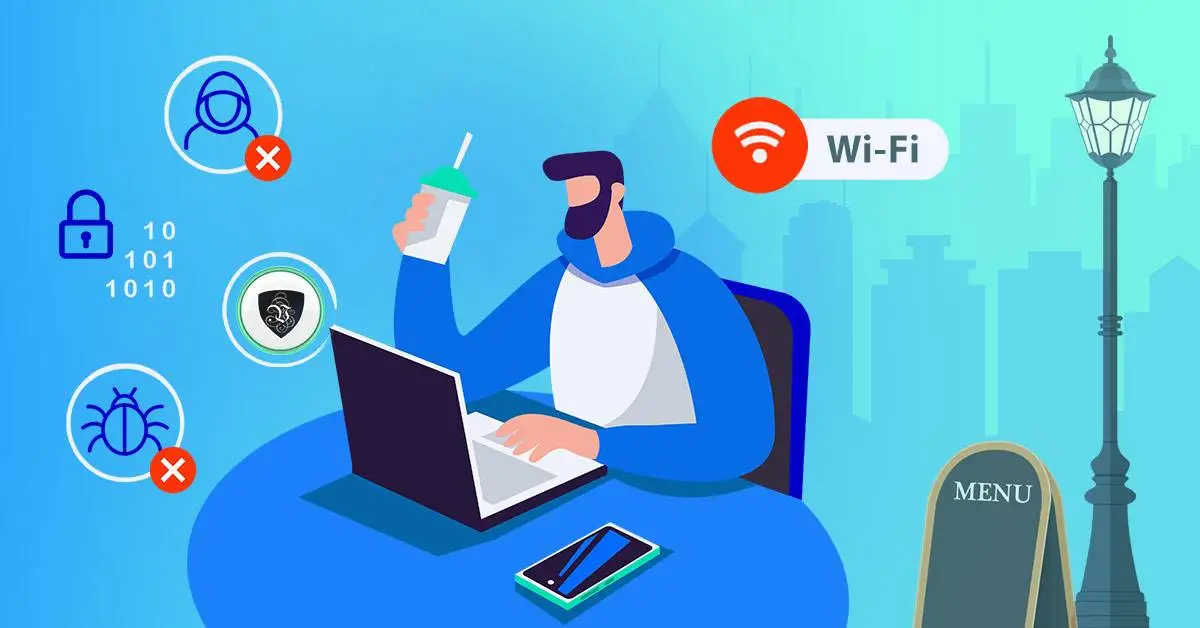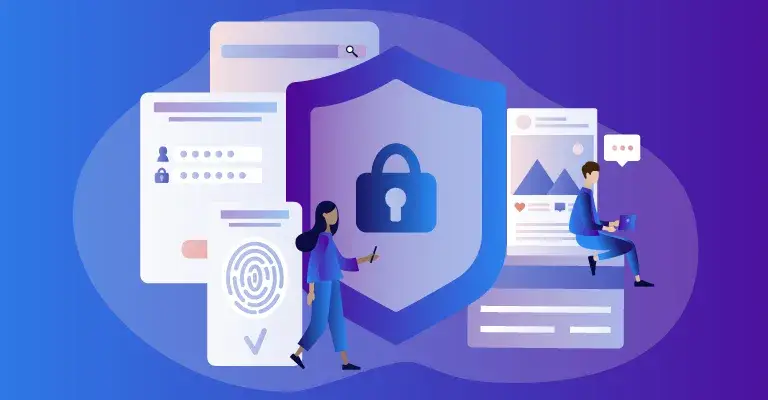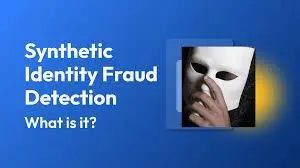How to Avoid Being Hacked by Phishing: A Comprehensive Guide to Staying Safe Online
In today’s digital age, the internet is a part of our lives. We use it for everything from shopping and banking to socializing and working. However, with this convenience comes a significant risk as hackers are taking advantage of people’s vulnerability to lure people to reveal their sensitive information online. Phishing is a process where your email, bank credit card, or passwords are hacked. Phishing is a cybercrime where hackers impersonate legitimate organizations to trick individuals into revealing sensitive information, such as passwords or card numbers. In this blog post, we will explore what phishing is, how it works, and most importantly, how you can protect yourself from falling victim to these scams.
What is Phishing?
Phishing is a fraudulent attempt to obtain sensitive information by disguising it as a trustworthy entity in electronic communications. It often occurs through emails, social media messages, or even text messages. The goal is to deceive the recipient into clicking on a malicious link or providing personal information.
How Phishing Works
Phishing attacks typically follow a similar pattern:
- Deceptive Communication: The attacker sends a message that appears to be from a reputable source, such as a bank, online retailer, or social media platform.
- Urgency and Fear: The message often creates a sense of urgency, prompting the recipient to act quickly. For example, it may claim that their account will be suspended unless they verify their information immediately.
- Malicious Links: The message includes a link that leads to a fake website designed to look like a legitimate site. Once the user enters their information, it is captured by the attacker.
Did You Know? According to the Anti-Phishing Working Group, there were over 1.5 million phishing attacks reported in 2020 alone.
Recognizing Phishing Attempts
Common Signs of Phishing
Being able to identify phishing attempts is your first line of defence. Here are some common signs to look out for:
- Generic Greetings: Phishing emails often use generic greetings like “Dear Customer” instead of your name.
- Poor Grammar and Spelling: Many phishing messages contain spelling mistakes or awkward phrasing.
- Suspicious Links: Hover over links to see the actual URL. If it looks strange or doesn’t match the supposed sender, don’t click it.
- Unusual Requests: Legitimate organizations will never ask for sensitive information via email.
Examples of Phishing Scenarios
- Banking Phishing: An email that appears to be from your bank asks you to verify your account information due to suspicious activity.
- Social Media Phishing: A message from a friend claiming they’ve sent you a funny video, but the link leads to a malicious site.
- Tech Support Scams: A pop-up message claims your computer is infected and provides a number to call for help, which leads to a scammer.
How to Protect Yourself from Phishing
Best Practices for Avoiding Phishing
- Be Skeptical of Unsolicited Messages: Always question the legitimacy of unexpected emails or messages, especially those requesting personal information.
- Verify the Source: If you receive a suspicious message, contact the organization directly using official contact information, not the details provided in the message.
- Use Two-Factor Authentication (2FA): Enable 2FA on your accounts to add an extra layer of security. Even if your password is compromised, the attacker would still need the second factor to access your account.
- Keep Software Updated: Regularly update your operating system, browsers, and security software to protect against vulnerabilities.
Tools and Resources
- Email Filters: Use email services that offer robust spam filters to catch phishing attempts before they reach your inbox.
- Password Manager: These can help you create and store strong, unique passwords for each of your accounts, reducing the risk of credential theft.
- Phishing Awareness Training: Consider participating in training programs that educate you and your team about recognizing and responding to phishing attempts.
Phishing is a pervasive threat in our digital world, but by understanding how it works and implementing protective measures, you can significantly reduce your risk of falling victim to these scams. Always stay vigilant, question unexpected communications, and utilize the tools available to safeguard your personal information.
Takeaway Message: The best defence against phishing is awareness. Stay informed, stay cautious, and protect your digital life.
For more information on cybersecurity and how to protect yourself online, check out resources from the Federal Trade Commission (https://www.consumer.ftc.gov/articles/how-recognize-and-avoid-phishing-scams), the Cybersecurity & Infrastructure Security Agency (https://www.cisa.gov/) and 2024 FBI report (https://www.fbi.gov/contact-us/field-offices/sanfrancisco/news/fbi-releases-internet-crime-report)on Phishing attack.
By following these guidelines, you can navigate the online world with confidence and keep your personal information safe from phishing attacks. Follow us for more tips to keep you safe online. Remember VaultPay will never ask you to provide information like your password, Transaction PIN or other sensitive information. Stay safe. To speak to us on security matters, kindly contact us.





